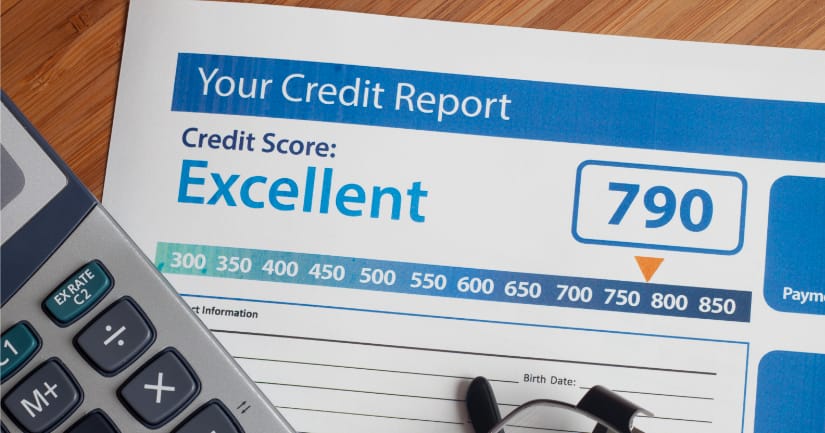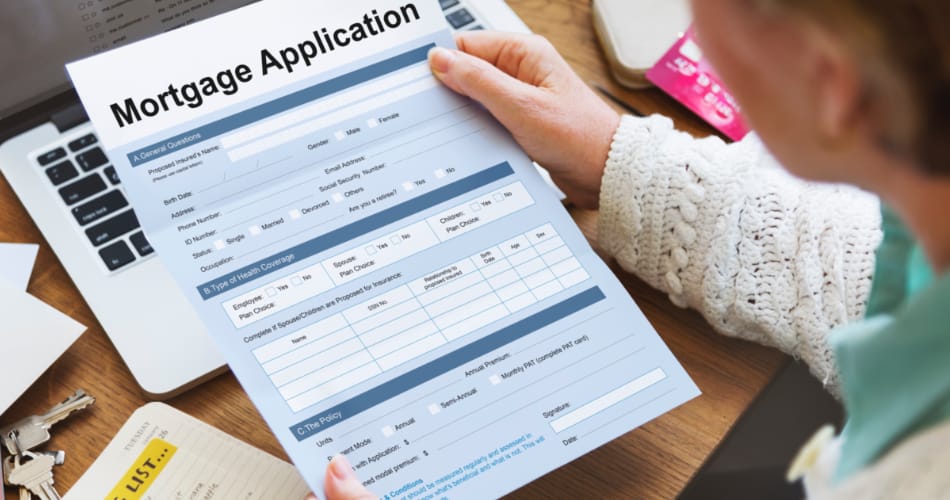One common issue for home buyers is the confusion about the difference between pre-qualified and pre-approved when it comes to the mortgage process. Having a mortgage pre-qualification is a good first step but it does not mean you are pre-approved for the loan. A mortgage pre-approval is more in-depth and looks at your finances to determine exactly what you can afford.
Obtaining a mortgage in Canada is a process you want to be well-prepared for. Since there are various steps involved in this process, part of this preparation is ensuring you understand each one. Skip the confusion and learn the difference beforehand so you can increase your chances of getting the home you really want.
What it Means to be Pre-Qualified
As one of the initial steps in the mortgage process, you can look at pre-qualification as a sort of “first round” in getting approved for a home loan. In this initial meeting, you’ll provide a lender with information on things like your income, debts, and current assets, so they have an overview of your financial standing.
By evaluating this, the lender will be able to give you an idea of the loan amount you would qualify for. Getting pre-qualified gives you a realistic expectation of the type of home you should be able to afford. From here, your lender may offer you suggestions for the type of mortgage that would fit your situation and can answer any questions you may have.
Please keep in mind this first stage of the mortgage approval process is generally a quick (and typically free) procedure. This is one of the reasons it wouldn’t hold much weight if you went home shopping with only this information.
The important thing to remember is for pre-qualification a lender will not analyze your credit report. This means the loan amount they pre-qualify you for is not guaranteed to be the amount you actually get approved for after a lender has fully investigated your financial history.

What it Means to be Pre-Approved
Moving on to the next round, a mortgage pre-approval is a much more in-depth step. You will fill out an official mortgage application (typically for a fee) and provide a lender with even more documentation. This is when a lender will perform a full investigation of your financial history, evaluating your credit report and current credit rating.
After they’ve taken a look at your financial documents, including things like your pay stubs and credit card statements, they’ll be able to calculate your debt-to-income ratio. This number should ideally be less than 42%, but a number 36% or lower will set you up for the best chance at lower interest rates.
There are multiple factors that affect your approval chances, but generally speaking, your credit score is the biggest indicator of how financially responsible you are. If it’s lower than it needs to be, there are some things you can do right away to boost your credit score.
After this is done, a lender will be able to give you an exact amount they’re willing to lend you. They’ll also be able to give you an idea of the interest rate you’ll likely be charged on the loan – usually, you’ll be able to lock in a specific rate for a certain amount of time.
What also makes pre-approval significantly different from pre-qualification is that pre-approval comes with a conditional, written commitment of the exact loan amount you were presented with. This is what real estate agents and home buyers want to see because it’s basically like a limited-time guarantee that the lender will approve the loan if the conditions are met.
Once you have your mortgage pre-approval, the fun can begin! You’ll know exactly how much you can afford and will be approved for, so it’s easier for you to look at the homes within your budget.

Why You Should Take Both Steps
To recap, getting pre-qualified gives you an idea of the amount you can receive for a mortgage, while a mortgage pre-approval secures a specific amount you’ll be able to borrow for the cost of a home.
With that being said, there are advantages to getting pre-qualified first before you jump right into trying to get approved.
When you get pre-qualified for a loan, it will give you the time you need to look at homes that fall into the price range you should be able to comfortably afford. You won’t waste time on properties beyond your means or risk falling in love with a home you won’t actually be able to finance.
When you’re getting serious about buying, it’s beneficial to be pre-approved for a loan. With a mortgage pre-approval, you’re able to quickly close on a sale because it shows the seller you’re financially prepared.
Once you have your heart set on a certain home, you can move into the final round – filling in the additional details to complete your mortgage application. Each step in the mortgage process is important but if you want to have the best outcome, it’s important to understand the reasons for getting both pre-qualified and pre-approved so you can follow through with the information that’s required. You’ll be ready to start shopping for a home sooner than you think!
Originally published Nov 23, 2017; updated Nov 1, 2022








0 Comments